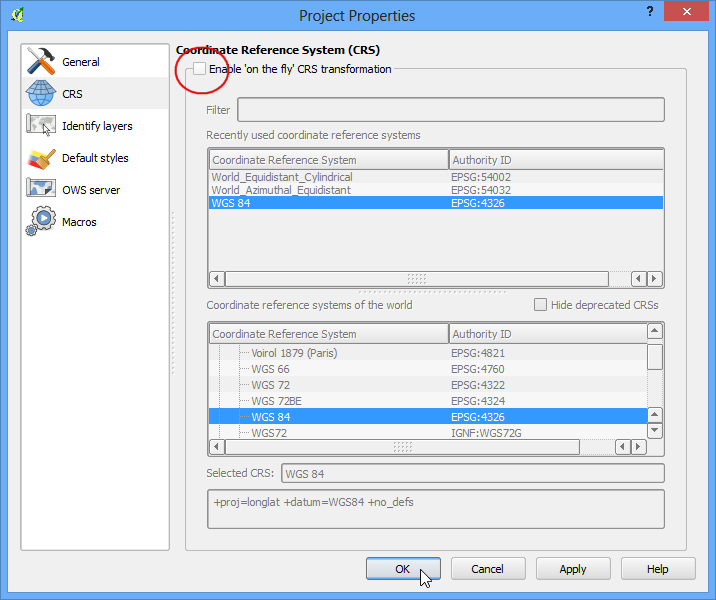
(meaning you may have to crop your SRTM tiles.) Algorithmic So if you do not want to spend all night waiting for your Collada file, I advise you not to use input files bigger than 1500px by 1500px. Since it's a pythonic tool, it is not focused on performances, even though Numpy and OpenCV both have low level core. Again, if the file is too big, it might not work.Īpparently SketchUp woks pretty fine as well, but I didn't try it. Since you have to use P圜ollada, you can use the tinny Viewer inside this project. I noticed MeshLab is not so bad but may jam when the file is too big. If you are using a Mac, this is part of it but it comes with very few options (none actually). A terrain mesh could for example be used in a game or in a animation movie.

Collada is an open format, compatible with famous 3D builders (3DS Max, Maya, Blender.). About Collada files Why in Collada?ĭon't you think it's a bit frustrating to be able to generate a 3D mesh, and just visualize it in a window? The point is to use this mesh. You can also check Derek's work or blog if you are interested in map stuff.
#How to switch a digital terrain model to a another format archive
It's easy, and each archive comes with header files (with georeference among other things). Though, A very convenient way to fetch SRTM tiles is from Derek Watkins's project. A lot of websites may provide that, coming from multiple sources. Python DTM2MESH.py -input data/input/srtm_54_07_CROP_360.tif -output data/output/srtm_54_07_CROP_360_BigMountains.dae -resolution 25 Where to find DTM images The opposite (ex: 150 with SRTM ) will induce a flattening effect. Note : If the ground resolution is lower than expected (ex: 50 with SRTM), it will result in an exaggerated relief. The default resolution is 90 (SRTM compliant), thus, this argument is optional. The third argument : -resolution, is the ground resolution in meter/pixel. The second argument : -output, is the output Collada file (.dae) which is actually some kind of super-fat XML. The first argument : -input, is the input DTM file, usually it's a TIFF (16bit) but it should work fine with any other format as long as it's a monoband (greyscale) file, and compatible with OpenCV. Less Important Note: This project was made in 2 days, so be nice if you find mistakes. Important Note : This is not a Collada file viewer or any other kind of 3D mesh visualizer.

The mesh is exported in a Collada file in order to be re-usable somewhere else. Stands for Digital Terrain Model To 3D Mesh, coded in Python.


 0 kommentar(er)
0 kommentar(er)
